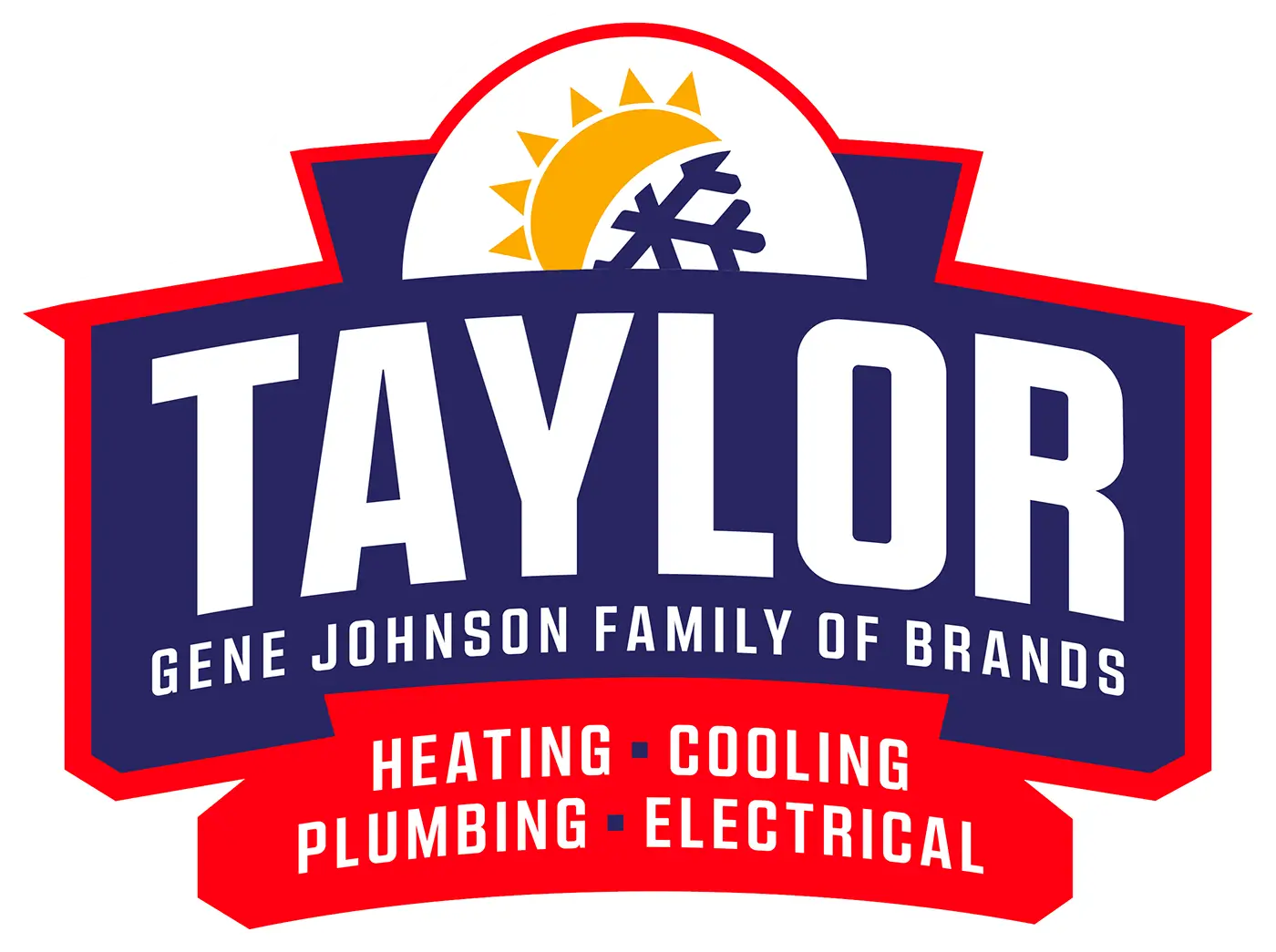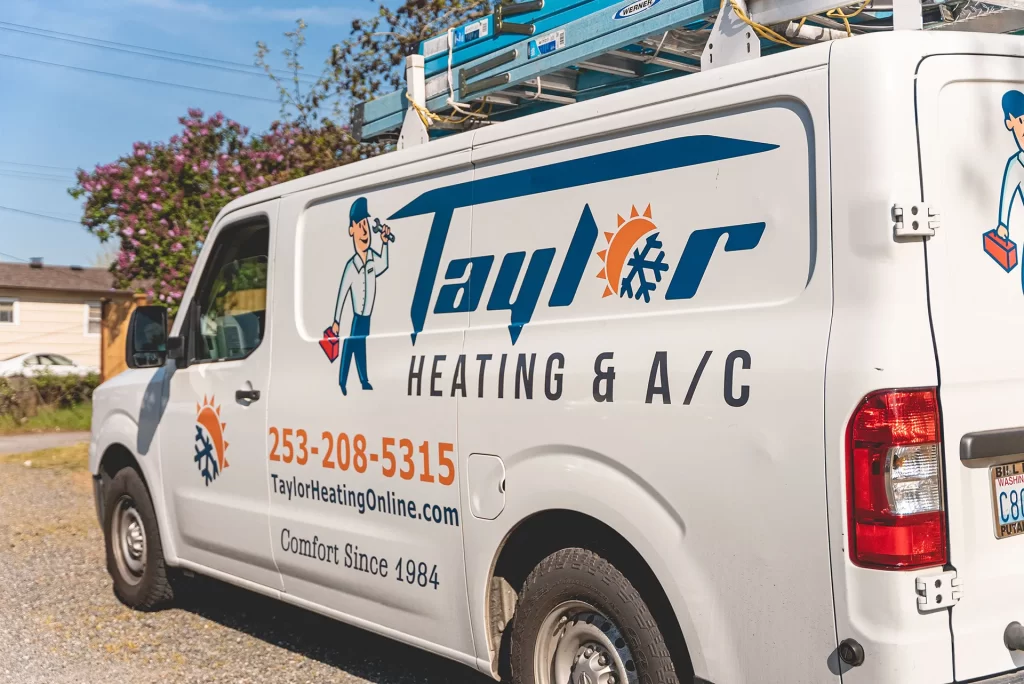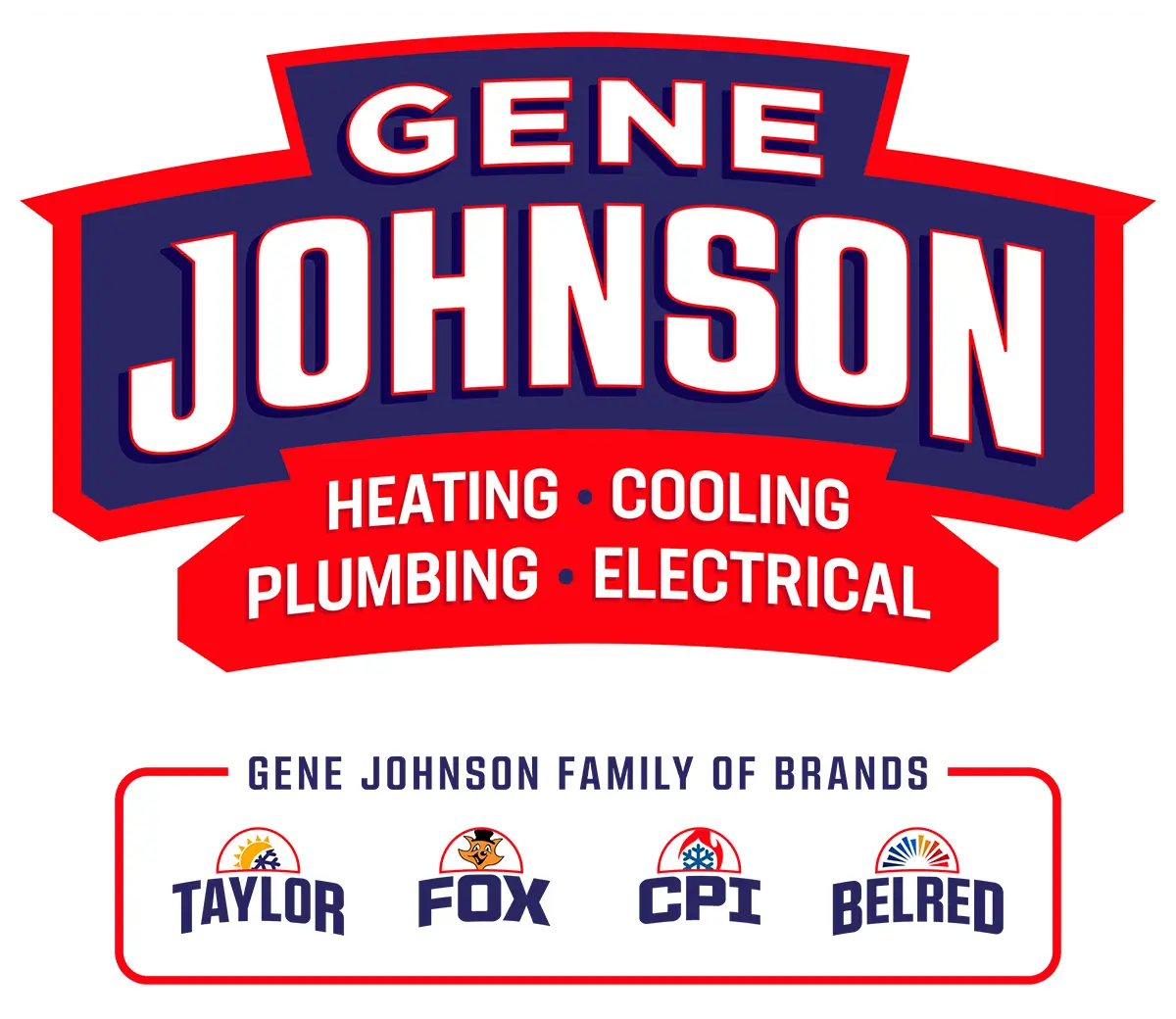The transition from cold to warm weather requires preparation. Examine your heating systems before setting them aside for at least two seasons.
Keeping your home warm and cozy all winter has its toll. By now, our furnaces are typically pretty worn down.
It’s only fitting to give our furnace a proper “send-off” before letting it go on a much-needed hiatus.
Let’s look at what we can do to properly close out the heating season.
Furnace Aftercare You Can Do Yourself
Cleaning your furnace requires a variety of efforts, some of which are relatively simple, while others are considerably more complex.
Here are a few key steps in keeping your furnace clean.
Furnace Maintenance Checklist:
- Clear your furnace of any internal or surrounding obstructions.
- Clean the air vents.
- Clean or replace the air filters.
- Examine the pipes.
- Inspect supply lines and drain pans.
You may conduct examinations to spot contamination or dislodged components, which are easily noticeable. However, inspecting your furnace without the help of professionals may lead to detrimental oversights.
You might overlook critical issues if you don’t know what to look for. You may change air filters due to particle buildup without realizing they were contaminated with mold.
You can’t entirely get rid of mold by swapping filters. Signs of mold anywhere on your furnace warrants extensive inspection.
Mold spores may already be deep within your furnace pipelines, vents, and other components. Remedying mold is sophisticated, and haphazard maintenance may only worsen matters by making homeowners too complacent.
Here’s a tip you should always consider during maintenance efforts:
Call for professional inspections.
Professionals can easily tell the difference between particle pollution and moldinfestation. They can also deploy various remedies to contain the situation effectively.
While they might not be able to remedy mold on the spot, they can help you salvage the rest of your furnace and keep your family safe against mold.
Here are more maintenance tips you should consider when going through the checklist.
Furnace Cleaning Guidelines:
Cleaning and securing your furnace isn’t always straightforward. Various steps require experience to conduct.
Remember, you shouldn’t attempt complex maintenance tasks requiring professional skills and equipment. These guidelines will only help you with tasks you can do and how you can do them properly.
-
Clear your furnace of any internal or surrounding obstructions.
It is detrimental and even dangerous to pile junk around your furnace. It’s best to keep your furnace’s surrounding area clean and clear.
It would help if you clearedany surrounding junk to prevent posing blockages to its ventilation systems. Sweep and dust around the furnace to get rid of any dust, dirt, and other debris.
However simple you think that is, it improves indoor air quality and furnace efficiency.
-
Clean the air vents.
Air vents get clogged over time, making it harder for your furnace to function optimally. Clogs and blockages hinder your HVAC system, preventing them from regulating airflow or altering temperatures efficiently.
Ensure all your air vents and handlers are safe from any obstruction. Check your vents for hair, dust, pollen, and dander thatmay cluster within, causing clogs. Remember, even small objects like toys can get lodged in there.
-
Change or replace the filters
Changing or cleaning furnace filters is simple but will do wonders for your heating system. A good rule of thumb is to change them once every three months while checking for clogs monthly.
If you have permanent filters, you should clean them as frequently as disposable filters need changing. It is especially crucial forcentral heating systems because furnace filters impact collective airflow.
Overworking filters may make your furnace more susceptible to clogging. If clogging isn’t bad enough, consider how it may cause mechanical systems to fail.
-
Examine the pipes.
Check on the pipes located all around your home. Indoor and outdoor pipes fill up over time, clogging with debris like branches, mud, leaves, etc.
These pipes are essential to your home’s heating system, facilitating intake and expelling emissions. Blockages compromise circulation, which greatly affects furnace functions.
Poor airflow hinders your furnace, resulting in inexplicable shutdowns and unusual emissions. You may hear loud noises from your pipes or smell foul odors from your air vents.
-
Inspect supply lines and drain pans.
Just like intake and exhaust pipes, lines and pans can get clogged. Compromised supply lines can produce hazardous gas leaks, hindering heating output and endangering everyone in your home.
Flooded drain pans eventually overflow, causing leaks that may seep into nooks and crannies. The moisture invites various pathogens, including mold. Colonies may continue breeding in your home undetected.
Poor maintenance attracts all sorts of unwelcome inhabitants. Spring is abundant with mold spores, and leaving any condensation within your furnace makes it more susceptible to an infestation.
Mold remediation is complicated and cannot be resolved with home remedies. Thoroughly inspect your furnace for any leftover condensation before closing it down for spring.
Why Your Furnace Needs Cleaning After Winter
Remember, post-season maintenance is just as important as pre-season maintenance. Checking on system conditions after they do the most work is essential in guaranteeing your heating system holds up again next winter.
Practice regular inspection of your HVAC equipment. Giving your heating system a thorough inspection helps you ensure winter doesn’t leave any hazardous residue behind that may compromise your furnace during spring.
Spring inspection helps you find possible damages that need repair or replacement. Inspection with reliable evaluation prevents premature system replacement and other costly remedies.
Benefits of Springtime Furnace Maintenance
Overall, routine maintenance of your furnace keeps it working efficiently for when you use it next. Even if you think your system is working just fine, the only way to know is by performing comprehensive inspections.
You can always call an expert if you can’t conduct them yourself. Reliable experts can always tell whether your unit has issues or when it needs atune-up.
Practicing post-winter furnace maintenance has various advantages. Take your pick from the list below!
Purge Your Heating System
It has most likely accumulated considerable residue during winter. Accumulation results from fuel supply and other particulates circulating inside your house.
It may contain pet dander, dust, various fragments, and bacteria. These pollutants build up on your filters, burners, intake pipes, and air vents. While your furnace filters can accommodate these contaminants to a degree, they can only take so much.
Clogs and blockages in your furnace are the primary reasons for uncomfortable airways. You may feel increasingly stuffy indoor air.
A post-season tune-up clears your heating equipment of any residue, gunk, and other clog-causing elements in your system. A professional can easily locate and efficiently remedy these causes to prevent their negative impacts on your home.
Improved System Efficiency
Do not underestimate how much inefficient systems can cost. HVAC systems are responsible for at least half of any American home’s average energy consumption.
You can better expect systems to run at peak efficiency without being weighed down by pollutants. Freeing your heating system from any contamination is economically beneficial, saving you time and money.
Think of how much time you save by not waiting so long for comfortable heating. By ensuring your heating systems are clean as early as spring, you may sleep faster and sounder next winter.
Unit Longevity
You can maximize furnace lifespan by keeping it in pristine condition. Regular inspection is especially important for units that have been around for more than a few winters.
Remember that a furnace can last for 10-15 years but can only be expected to run seamlessly for its first year. It may begin presenting problems as soon as the next winter.
Your new furnace may encounter issues during its first run against frigid climates. Proper maintenance ensures that your heating system workseffectively and efficientlyfor extended periods.
Periodic maintenance can add more years to your unit’s lifespan. Your furnace might even make it to twenty years with routine care and a little luck.
While it doesn’t always extend equipment lifespan, it can at least help prolong it.
Ensures Safety & Security Measures
Overall efficiency may not be as big a deal to you as it is to most homeowners. You may have more patience and resources to wait and pay for quality heating.
However, you can’t put a price on your home’s security, or your family’s safety. Consistent cleaning and comprehensive furnace maintenance are beneficial and warranted.
Catching issues with your HVAC system early on makes remedies more practical and will prevent dangerous problems from arising. Remember, your heating system deals with natural gas and other volatile fuel supply.
While your furnace systems come with containment measures, instability and malfunctions can render safety measures useless.
Carbon emissions like carbon monoxide and carbon dioxide may leak into your home. Besides having a CO or CO2 detector, you should prevent mismanaged emissions before they are high enough to trigger alarms.
Any task that involves fuel and other volatile elements is a huge undertaking. It is best that you don’t hesitate to ask for help in managing your furnace.
Need Reliable Furnace Maintenance in Puyallup, WA?
You don’t have to do it by yourself. Taylor Heating & AC offers various services for all your heating needs.
Refrain from settling for HVAC companies with subpar credentials and questionable standards. At Taylor Heating & AC, we pride ourselves on excellent customer service.
We offer routine cleaning, tune-up, significant repairs, and unit replacements. Our HVAC technicians are fully-licensed specialists with extensive experience.


